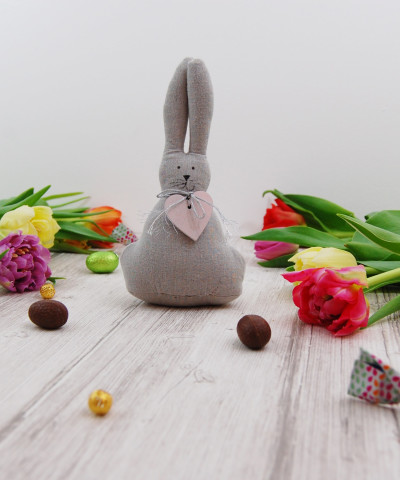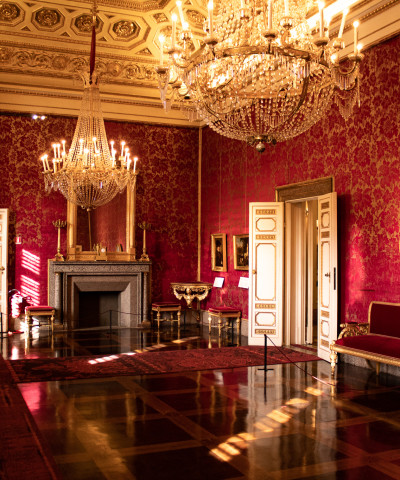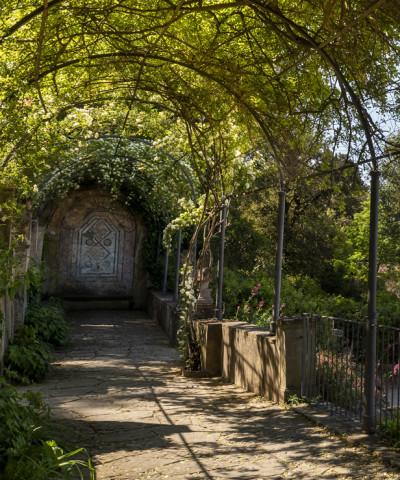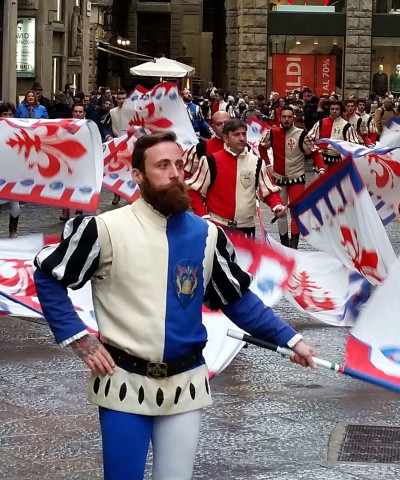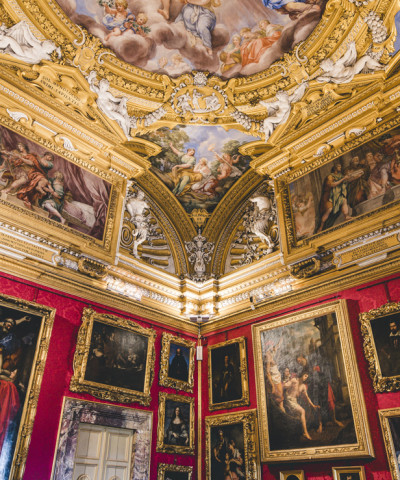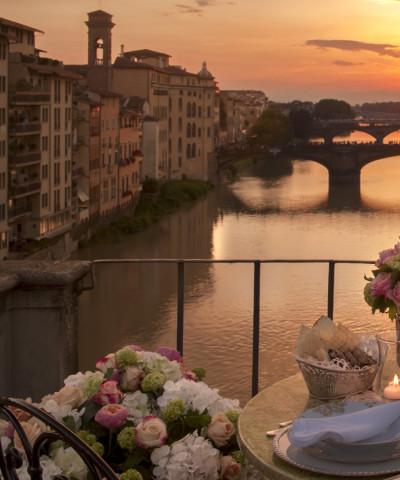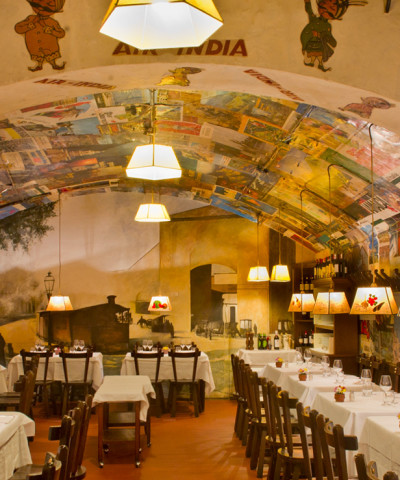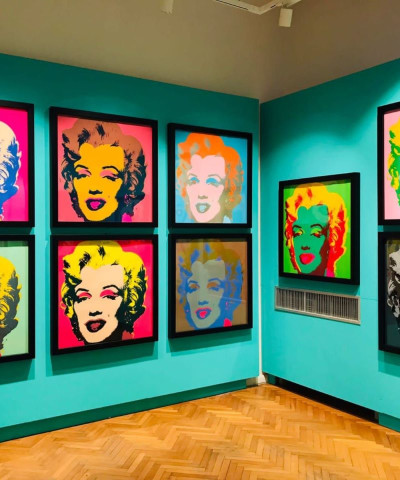Bardini Museum in Florence
We discover together the reign and works of the famous antiquarian Stefano Bardini
His dream was to become a painter, but Stefano Bardini has been Italy’s most influential antique dealer. Born in 1836 in Pieve Santo Stefano, near Arezzo, he moved to Florence to attend the Academy of Art. Determined to become rich and successful, he gave up the idea of pursuing an uncertain artistic career to venture into the antiques business, which had begun to thrive in 1866 with the law that brought church endowments under state ownership. As a consequence, a considerable amount of works of art were put on the market. Stefano Bardini realized that this was a one-off chance. He was able to balance between the acquisition of rare and valuable pieces, at incredibly low prices, and the fast-rising demand for antiques coming from Europe and the United States.
Bardini put together a team of local hunters and restorers and contacted museum directors and art collectors from all over the world. He became immensely rich. The antique dealer contributed to the worldwide popularity of the Italian Renaissance age and was very much interested in all forms of applied arts, which are still one of the museum’s main attractions.
In 1880, he started a shop in Piazza de’ Mozzi and then bought the whole building, which would soon welcome major art collectors from all over the world. In 1914, he retired from the business and focused on his dream: the opening of his own art gallery. He died in 1922 and donated to the city of Florence the building and 1172 works of art as the core of a museum collection. In 1925, the Bardini Museum became the Civic Museum and pieces from other collections were added to the works purchased by Bardini. The current set up, the result of about ten years of restoration works started in 1999, draws inspiration from Bardini’s original plan, according to which the works are arranged by genre to obey a specific aesthetic and visual canon.
Opening hours:
Friday Saturday Sunday Monday 11am-5pm
Closed on New Year's Eve, Easter, 1st May, 15th August, 25th December









